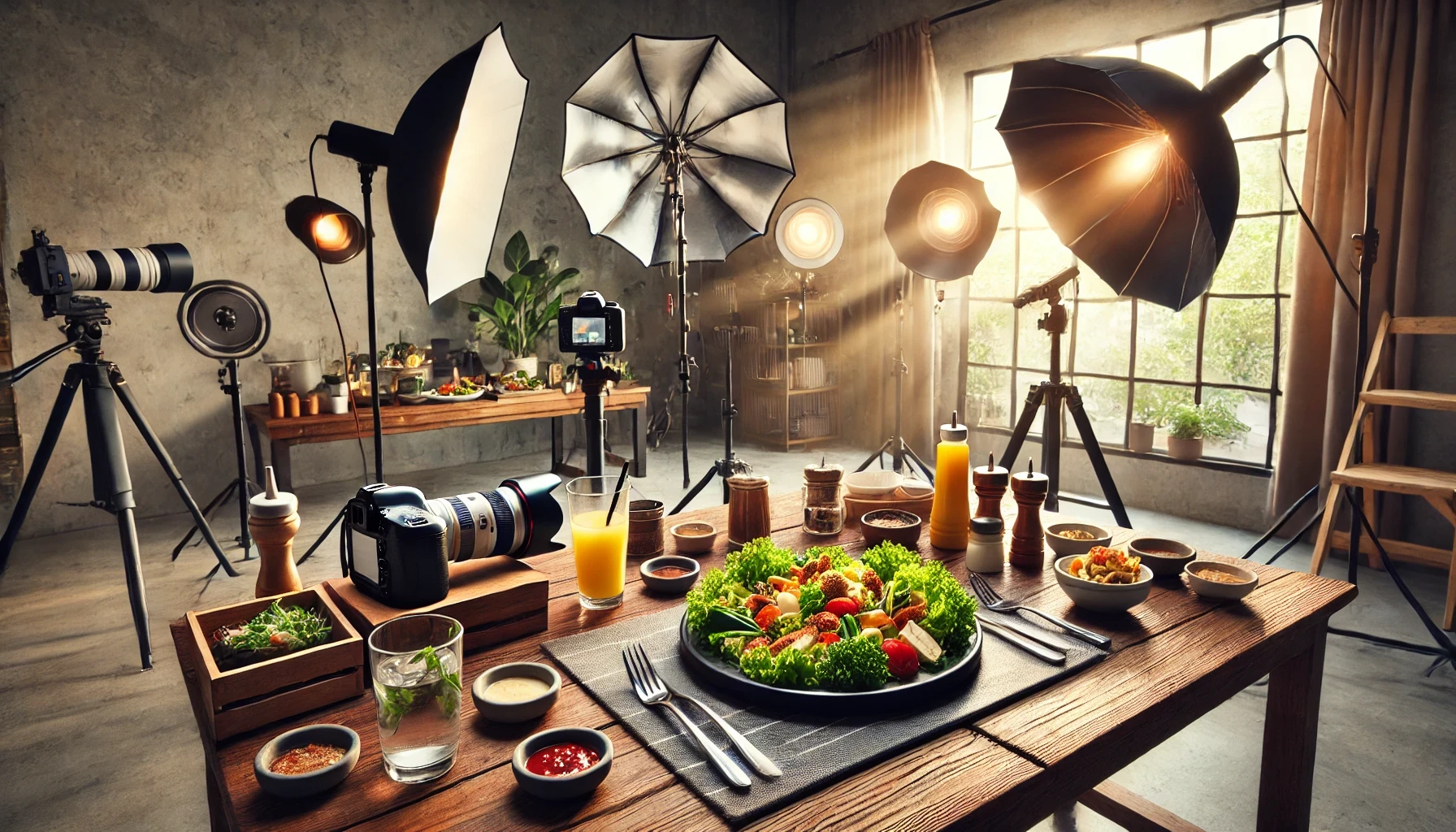
Food photography isn’t just about capturing a dish; it’s about making the food look so irresistible that the viewer can almost taste it. One of the most critical elements in achieving this effect is lighting. Proper lighting enhances the texture, color, and freshness of food, ultimately influencing how appetizing it appears.
Shadows aren’t just a by-product of lighting; they can add depth and dimension to a photo. Soft shadows create a sense of realism, while harsh shadows might make the food look unappealing. Photographers strategically place lights to control shadow intensity, ensuring the food looks three-dimensional and fresh.
The color temperature of the light affects how the food’s colors are perceived. Warm light (yellow/orange tones) tends to make food look inviting and comforting, often used for dishes like pasta, soups, or baked goods. Cool light (blue tones), on the other hand, is used sparingly, as it can make food appear unappetizing unless balanced carefully.
Light can make or break the texture of the food in a photo. A well-lit shot of crispy fried chicken or a smooth, creamy soup can make the food look tantalizing. Side lighting, for example, helps accentuate the texture of the dish, making the viewer “feel” the crunch or creaminess just by looking.
Direct light often creates harsh highlights and shadows that are unflattering for food. To soften the light, diffusers like white curtains, reflectors, or softboxes are used. Diffused light spreads evenly across the dish, highlighting its best features without overpowering the image.
The position of the light source dramatically affects the mood and appetite appeal of the food. Photographers use techniques like backlighting (placing the light behind the subject) to create a glowing effect, especially on translucent foods like drinks or salads, making them look fresh and vibrant.
Lighting in food photography is more than just an aesthetic choice. It plays a psychological role in how we perceive food, from texture to color to freshness. By mastering the science of lighting, food photographers can elevate a dish from ordinary to mouth-watering, making the viewer crave what’s on the screen.